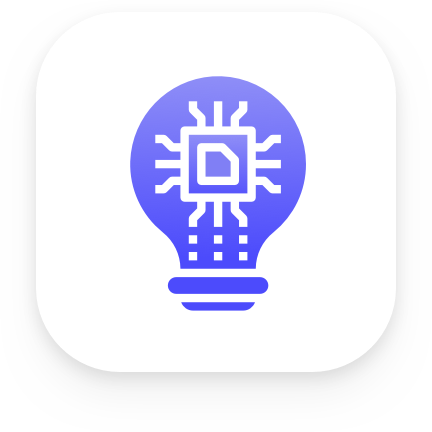Comments
There's unfortunately not much to read here yet...
Deep generative models have become increasingly effective at producing realistic images from randomly sampled seeds, but using such models for controllable manipulation of existing images remains challenging. We propose the Swapping Autoencoder, a deep model designed specifically for image manipulation, rather than random sampling. The key idea is to encode an image with two independent components and enforce that any swapped combination maps to a realistic image. In particular, we encourage the components to represent structure and texture, by enforcing one component to encode co-occurrent patch statistics across different parts of an image. As our method is trained with an encoder, finding the latent codes for a new input image becomes trivial, rather than cumbersome. As a result, it can be used to manipulate real input images in various ways, including texture swapping, local and global editing, and latent code vector arithmetic. Experiments on multiple datasets show that our model produces better results and is substantially more efficient compared to recent generative models.
There's unfortunately not much to read here yet...
Ever having issues keeping up with everything that's going on in Machine Learning? That's where we help. We're sending out a weekly digest, highlighting the Best of Machine Learning.
 Best of Machine Learning
Best of Machine Learning
Discover the best guides, books, papers and news in Machine Learning, once per week.